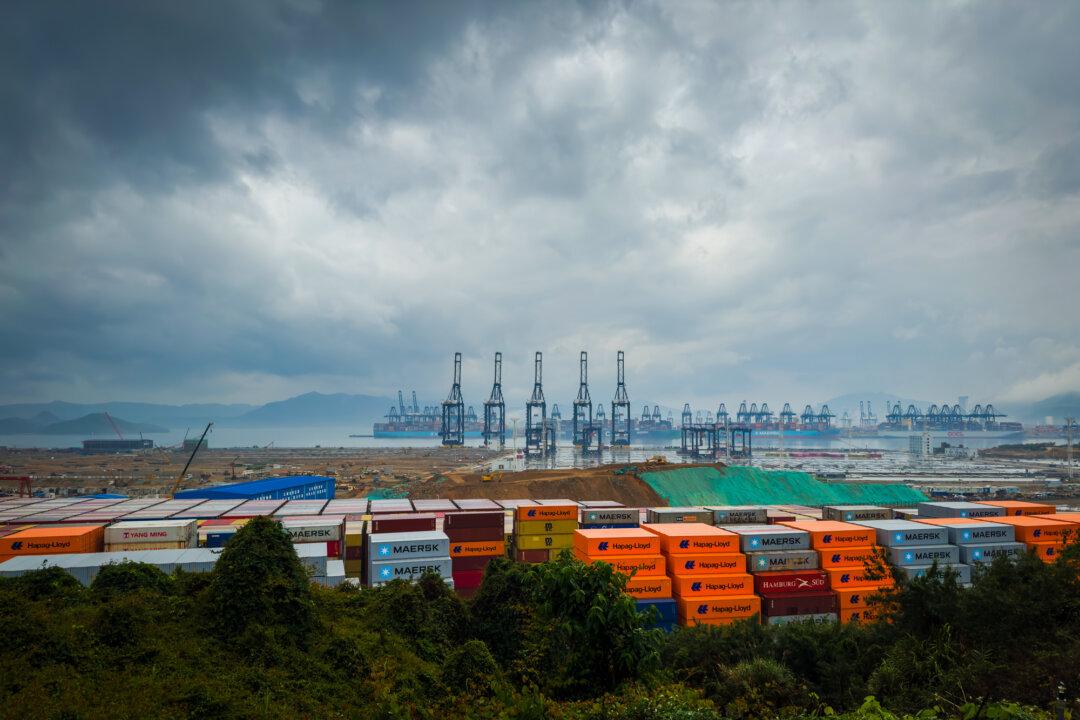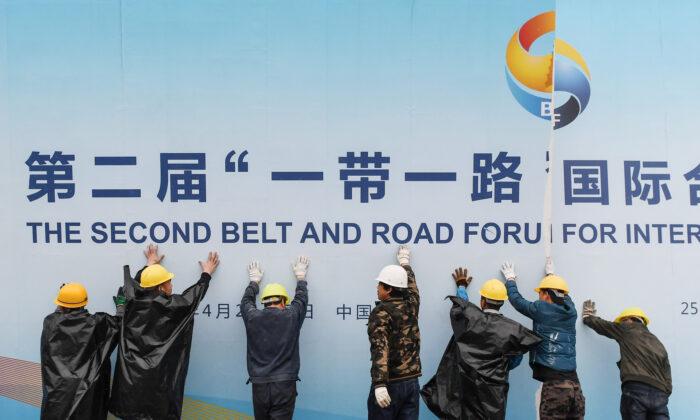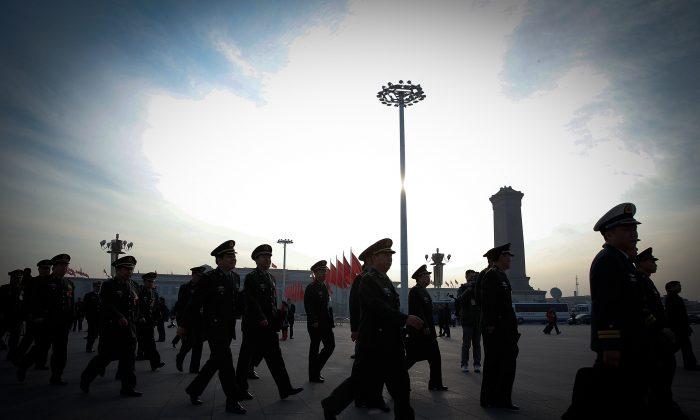One’s point of view often depends on whose ox is being gored. Those who have long questioned the U.S. policy decisions over the years that facilitated China’s rapid development and modernization—and the subsequent rise of Chinese mercantilism and the People’s Liberation Army, America’s growing dependency on Chinese-produced strategic minerals and pharmaceuticals, and the decline of U.S. manufacturing offshored to China—believe that a Chinese reset is essential and a U.S. national security imperative.
On the other hand, those who have made careers out of (and benefited personally from) China engagement—whether diplomats, academics, politicians, or business people—believe that U.S.–China policy should return to that of engagement, or at least “friendly competition.” These people have come to be categorized over the decades as “China hands.”
China Hands
In the first decades of the 20th century, U.S. involvement expanded on the political-military front, especially after Dec. 7, 1941. The United States and China formed an official wartime alliance in 1942, and the United States provided considerable material support to China throughout the war, including through an extension of credits to the Chinese regime.Throughout that time, members of the U.S. diplomatic corps in China, as well as journalists, missionaries, businessmen, and others with lengthy direct experience in China, came to be known as “China hands.” They were the modern-day equivalent of experts who influenced U.S. policies through congressional testimony and public persuasion and helped steer U.S.–China policy.
Some of those early China hands, such as the journalist Edgar Snow and scholar Owen Lattimore, were sympathetic to the new Chinese Communist Party (CCP). Captured by the siren song and the grandiose promises of communism before the genocides and purges became public knowledge, they admired the communists’ early focus on land reforms, a complete societal restructuring, and “fighting corruption” (a familiar refrain). Some believed that socialism would deliver everything its theoreticians promised, and that the Chinese regime would lead the way to that future.
At least partially influenced by pro-China engagers, in 1972, Richard Nixon became the first U.S. president to visit China after the communists seized power in 1949. Most observers have concluded that his main purpose was to open a new front in the U.S.–Soviet Cold War that was raging at the time—the leveraging of communist China as a counterbalance against rising Soviet power and influence in Asia and elsewhere.
The Result of China Engagement
Thanks to decades of engagement cheerleading from the U.S.–China Business Council and many other China hands, the West has been financing the CCP through the World Trade Organization and World Bank. Statista points out that “China’s manufacturing output climbed from roughly $134 billion in 1980 to roughly $4.8 trillion in 2023. During that time, China’s share of global manufacturing output climbed from 5 percent to around 30 percent, while former manufacturing leader the United States saw its share drop from 21 to 17 percent.”In retrospect, China got the gold while the rest of the world got the shaft, as the promises of “democratization” and tempering of CCP and PLA belligerence through free trade enticements did not materialize.
Enter US Reciprocal Tariffs
Trump recognized more than a decade ago that continuing the U.S.–China trajectory unchanged meant disaster for the United States over the long haul. During his first term as president, he negotiated a trade agreement in January 2020 aimed at rebalancing U.S.–China trade and resolving systemic problems in China’s economic and trade regime. China failed to fully comply with its commitments, and the Peterson Institute for International Economics assessed that the “phase one” trade deal was largely ineffective.The big problem for China and much of the rest of the world is that most countries have implemented relatively high tariffs against U.S. goods, while the United States has generally promoted free trade and low tariffs against imported goods. For example, Chinese tariffs on most U.S. products in recent years have averaged around 20 percent (in violation of WTO provisions on free trade among MFN partners), while U.S. tariffs on China prior to 2016 averaged about 3.5 percent (consistent with the average MFN rate among all U.S. trade partners).
Reciprocal tariffs are intended to fix that problem.
Given that the engagement policies backed by China hands have clearly not worked—and indeed have subsidized and exacerbated the behavior that was to have been ameliorated by those policies!—one would expect cautious support for Trump’s new approach to China or at least acknowledgment that the past policies have failed and a new approach is needed.







